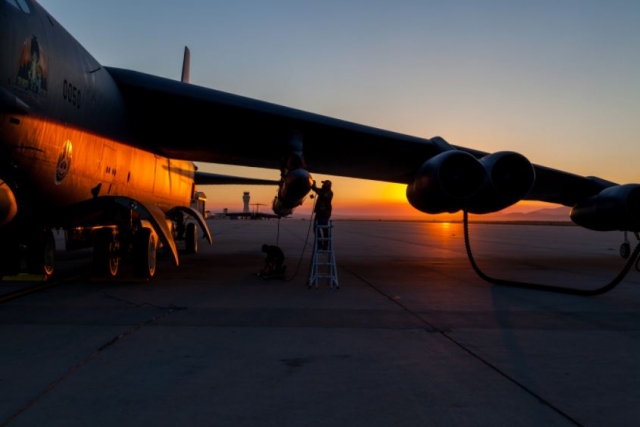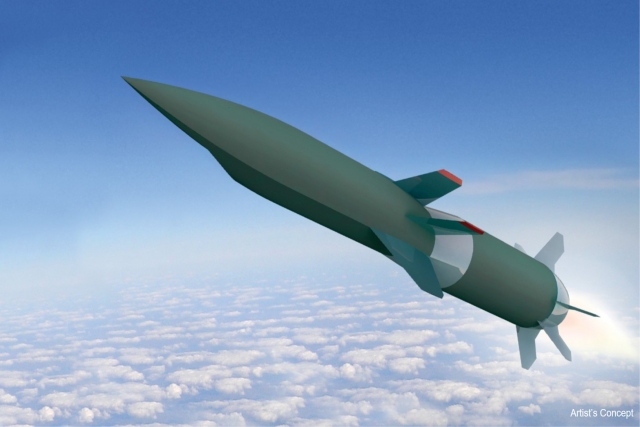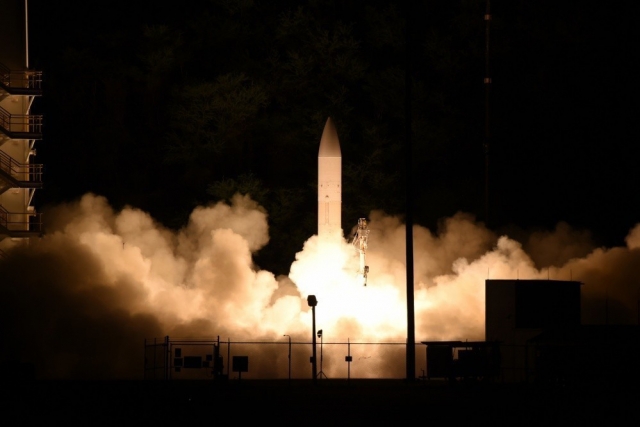U.S. Wants to Co-develop Hypersonic Missiles with Allies
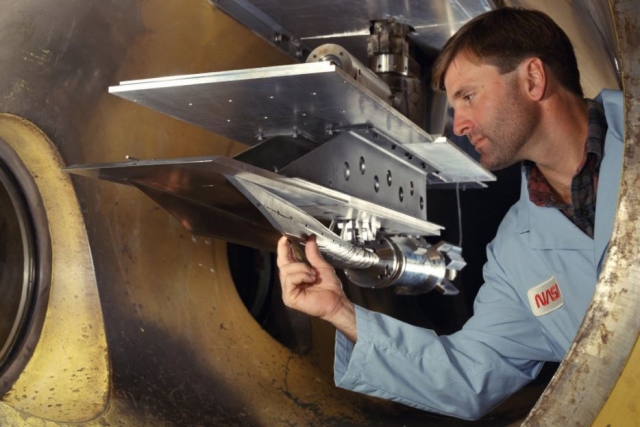
The U.S. wants to co-develop hypersonic weapons with its allies, a top U.S. DoD official has said.
“There are technical challenges associated with operating at very high speeds within the atmosphere including extremely high temperatures and, in some cases, the need for advanced propulsion systems. These are some of the challenges that we are working hard within in our technical ecosystem,” said Mike White, principal director for hypersonics, office of the undersecretary of defense for research and engineering, spoke during Engineers Week.
The Department is working with allies and partners to look at co-development and potentially even co-production of capability based on hypersonic systems, White said.
"We want to make sure that we fully leverage the talent and industrial base not only in the United States, but with our allies, and then offer capabilities that will be compatible with our allies for potential future applications," he said.
However, "great power" competitors, Russia and China, in particular, have aggressively pursued hypersonic technologies and capabilities, and they're aggressively developing hypersonic systems and in fact-fielding weapon systems based on hypersonic capabilities, he noted. These systems will compound the challenge created by other high-end systems they are fielding to hold our forces at risk in the air, on land, at sea and in space.
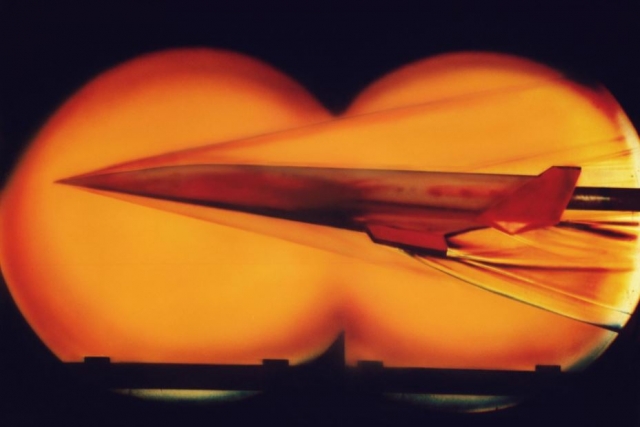
In response, the department has developed an integrated strategy to accelerate the development and fielding of offensive hypersonic systems, as well as the capability to defend against adversary hypersonic capabilities.
Read: U.S. Rewrites Acquisition Rules to Speed up Hypersonic Weapons Development
The DOD strategy has three-parts:
- The first part has to do with fielding offensive hypersonic capability for maritime, air and land-based strikes against time-critical, heavily-defended, high-value targets by the early- to mid-2020s, White said.
- The department is also looking at accelerating the development and fielding of a layered system for defense against hypersonic systems in the mid- to late-2020s, he said.
- The third element of the strategy has to do with reusable hypersonic systems. That capability, he said, is targeted for the early- to mid-2030s for fielding.
There are unique attributes and challenges in developing defensive and offensive hypersonic systems, White said.
One of the attributes of hypersonic systems is that these systems fly within the upper reaches of the atmosphere, at altitudes between 80,000 and 200,000 feet, which is above traditional air defense systems and below ballistic missile defense systems. Flight within the atmosphere allows unpredictable maneuverability, he said. "Couple the speed with the altitude and the maneuverability you have a very, very survivable system against any current defensive capability. As a result, these systems provide a highly survivable capability to hold targets at risk hundreds, and even thousands, of miles out with flight times measured in minutes," White said.
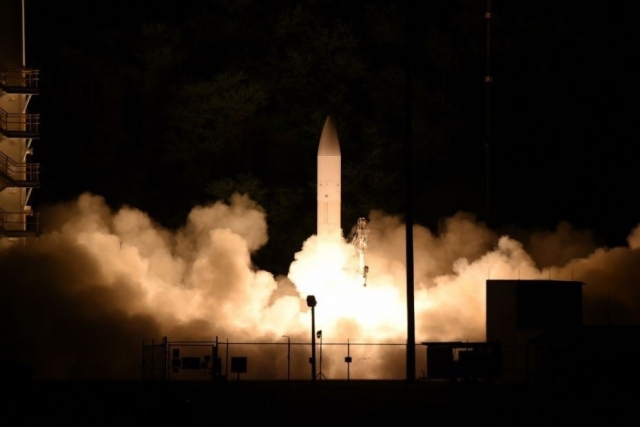
There are technical challenges associated with operating at very high speeds within the atmosphere including extremely high temperatures and, in some cases, the need for advanced propulsion systems. These are some of the challenges that we are working hard within in our technical ecosystem.
There are also significant infrastructure needs across the ecosystem, he said. One such need is in improved capability and capacity for test and evaluation, both for ground and flight testing. The Test Resource Management Center is responsible for developing the necessary ground and flight test infrastructure for accelerated hypersonic system development.
The DOD has a university consortium created through its Joint Hypersonic Transition Office that is training the future workforce. "We're working with the universities to create a very robust curriculum and set of research topics to get the future workforce energized and to make sure that we've got the talent we need across the spectrum of capabilities," he said.
That spectrum includes, for example, aerodynamics, propulsion, materials, weapon system systems engineering, guidance, navigation and control.
The workforce is a critical aspect of making all of this happen, White said. There are programs being accelerated to develop and then field capability.

